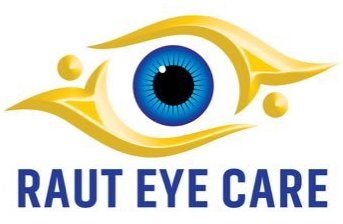Introduction
In the realm of ophthalmology, technological advancements have revolutionized the field of vision correction. Photorefractive Keratectomy (PRK) has long been a popular option for individuals seeking freedom from glasses and contact lenses. However, a new evolution of this procedure has emerged - Trans-PRK surgery. This innovative technique offers numerous benefits, paving the way for enhanced outcomes, quicker recovery, and increased patient satisfaction. In this article, we delve into the intricacies of Trans-PRK surgery, its advantages, and its impact on the world of vision correction.
Understanding Trans-PRK Surgery
Trans-PRK, short for Trans-Epithelial Photorefractive Keratectomy, is a cutting-edge laser eye surgery that builds upon the foundation of traditional PRK. PRK itself involves the removal of the outermost corneal layer, the epithelium, before reshaping the underlying cornea to correct refractive errors such as myopia, hyperopia, and astigmatism. Unlike PRK, Trans-PRK eliminates the need for manual removal of the epithelial layer by utilizing a state-of-the-art laser to perform both the epithelial removal and corneal reshaping in one seamless step.
The Advantages of Trans-PRK Surgery
Enhanced Patient Comfort: The absence of manual epithelial removal results in reduced discomfort and pain during the recovery period. Patients often report less irritation and a quicker return to normal activities.
Faster Visual Recovery: Trans-PRK typically boasts a faster visual recovery period compared to traditional PRK. With the epithelial layer healing more rapidly, patients experience improved vision sooner after the procedure.
Reduced Risk of Infection: As Trans-PRK eliminates the need for surgical instruments to remove the epithelium, the risk of infection and related complications is significantly minimized.
Customized Treatment: Trans-PRK surgery is performed using advanced diagnostic tools that create a highly personalized treatment plan. This ensures that the reshaping of the cornea is tailored to each patient's unique visual requirements, resulting in more accurate and predictable outcomes.
Minimized Haze and Scarring: The preservation of the epithelial layer in Trans-PRK helps reduce the likelihood of corneal haze and scarring, which can sometimes occur with traditional PRK.
The Trans-PRK Procedure: Step by Step
Preoperative Evaluation: A comprehensive eye examination is conducted to determine the patient's suitability for Trans-PRK surgery. This includes measuring refractive errors, assessing corneal thickness, and evaluating overall eye health.
Epithelial Removal and Corneal Reshaping: A specialized laser is used to gently remove the epithelial layer and reshape the cornea according to the patient's specific refractive error.
Postoperative Care: Patients are provided with specific postoperative instructions, including the use of antibiotic and anti-inflammatory eye drops to promote healing and prevent infection.
Follow-up Appointments: Several follow-up appointments are scheduled to monitor the healing process and ensure that the patient's vision is improving as expected.
Conclusion
Trans-PRK surgery marks a significant advancement in the field of vision correction, offering patients an improved surgical experience and enhanced visual outcomes. By eliminating the need for manual epithelial removal and integrating advanced laser technology, this procedure has minimized discomfort, accelerated recovery, and personalized treatment plans. As with any medical procedure, individuals considering Trans-PRK surgery should consult with experienced ophthalmologists to determine the most suitable option for their unique needs. With the growing success of Trans-PRK, the future of vision correction is undeniably looking clearer and brighter.

